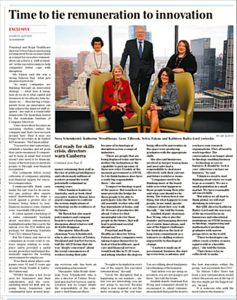 “What gets measured, gets done” is a common phrase in corporate-speak but needs to be treated with caution in terms of occupational health and safety (OHS).
“What gets measured, gets done” is a common phrase in corporate-speak but needs to be treated with caution in terms of occupational health and safety (OHS).
In The Australian newspaper of October 5 2017 (paywalled) an article about remuneration and innovation includes a brief but telling discussion of the perception of OHS.
Sylvia Falzon is a director of the companies Perpetual and Regis Healthcare. The article states that Falzon is a
“great believer that ‘what gets measured gets done”.
However, this belief has important limitations.

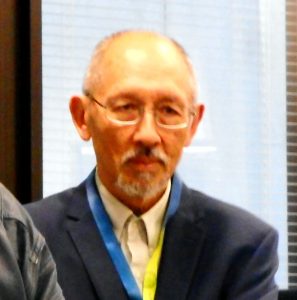
 There is an increased blurring between the workplace, work and mental health. In the past, work and life were often split implying that one had little to do with the other except for a salary in return for effort and wellness in preparation for productiveness. This split was always shaky but was convenient for lots of reasons, one of which was the management of occupational health and safety (OHS). However that perceptual split is over, now that mental health has come to the fore in many OHS considerations.
There is an increased blurring between the workplace, work and mental health. In the past, work and life were often split implying that one had little to do with the other except for a salary in return for effort and wellness in preparation for productiveness. This split was always shaky but was convenient for lots of reasons, one of which was the management of occupational health and safety (OHS). However that perceptual split is over, now that mental health has come to the fore in many OHS considerations.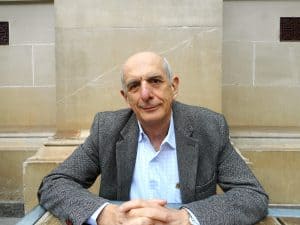
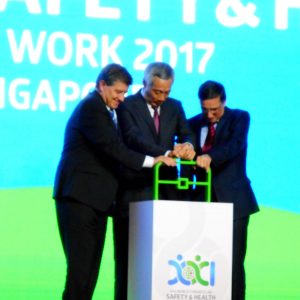
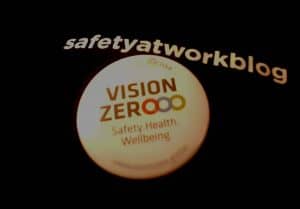 A major theme of the
A major theme of the